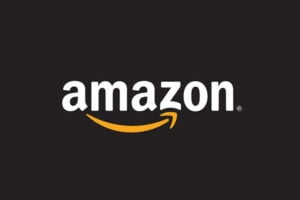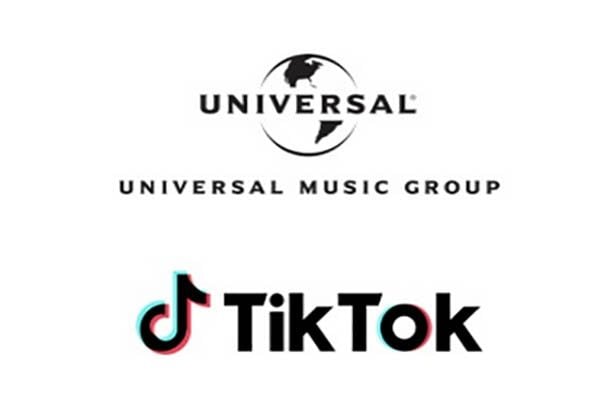2018 will I believe be the year when consumers start purchasing on marketplaces without actually visiting the marketplace. Marketplaces will be distributed across platforms, similarly to what we’ve seen in the past with voice and video (Skype which uses computers as nodes) and finance (think Bitcoin where everyone stores a copy of the bitchain). There will come a time when people don’t want to buy on a marketplace, they will just want to buy and they’ll likely prefer marketplaces as only they have the big budgets to make buying anywhere, anytime, from any site, possible.
This is nothing particularly new however, in the past we’ve had browser extensions and toolbars from the likes of eBay and Amazon. That’s very 1990s though – who wants to be tied to a particular browser on a specific computer to get extended functionality? The ultimate goal has to be to enable you to purchases anywhere on the web in a browser and device agnostic manner. Currently we’re in the interim stage which is already well underway where consumers are connected back to the marketplace.
We’re already seeing this in a small way with eBay‘s Chatbot on Facebook messenger and eBay daily deals on Facebook Marketplace. Chatbot has also made a limited functionality appearance on Google Assistant.
eBay has further features to draw customers in through Find it on eBay which enables consumers to search for items in any image on social media platforms without the need to visit the marketplace they’re actually purchasing on.
Amazon are no slouch either with their Amazon Echo Alexa assistant which is increasingly adding capabilities around ordering, not just to the Echo itself but Alexa can now be embedded into third party devices.
Having just got my hands on the Samsung Note 8 I’ve now also got access to Samsung’s voice assistant called Bixby (available on Note 8, Galaxy 8 and Galaxy 8 Plus smartphones). One of the first surprises was that Bixby also enables you to make a purchase on Amazon, although currently the final purchase takes place on Amazon. You can read more about it here.
There are a ton of new and innovative applications coming out from marketplaces, many of which at the moment do still require the end customer to visit the marketplace to complete their purchase. In the near future this will change as customers can complete purchases from a marketplace within the app that they’re using. Currently the best example of this is with eBay’s US Deals integration with Facebook where the transaction is completed on Facebook albeit with an eBay log in through an in-app browser.
Marketplaces already have all of your payment and shipping details, so all that is needed is to implement an accreditation system which lets you log in on another platform and validate your marketplace membership. This already happens to a limited extent with PayPal and Amazon’s payment platforms where third party retailers simply add a payment button to enable consumers to use stored payment details. The next step will be for marketplace to launch API integrations using smart image search to enable you to look at an image, find similar products on the marketplace and purchases without ever leaving the site you were originally browsing.
We’re not there yet, but over the course of the next year I would expect to see distributed marketplace functionality appearing which will enable consumers to purchase anything they see from anywhere on the web.












2 Responses
Have always wondered why facebook do not have a checkout on Facebook, Yes people can find go to our FB shop and click on the product and check out on our secure SITE but they do not. They do not like being taken out the Facebook bubble. It is all there and in place.
Facebook marketplace is to Gumtree and pretty useless right now.